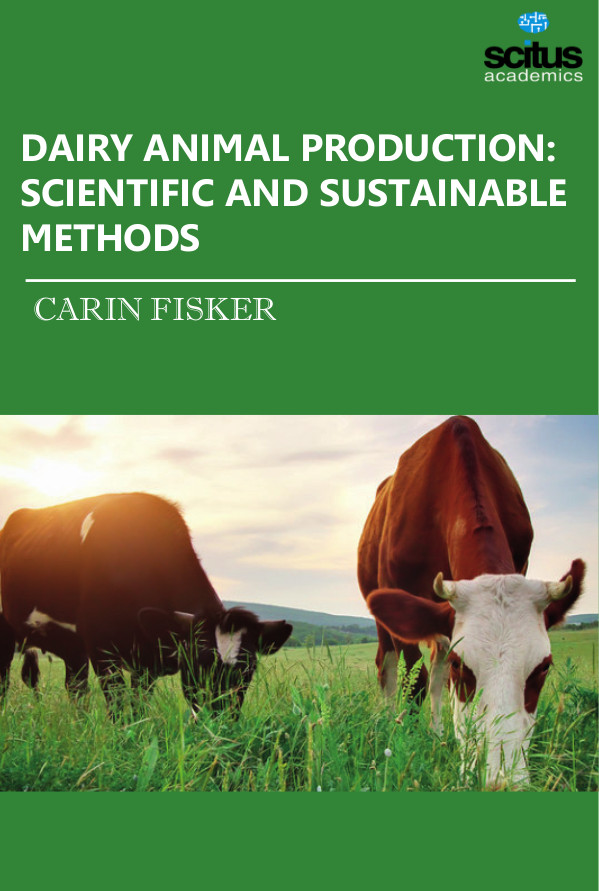World milk production is almost entirely derived from cattle, buffaloes, goats, sheep and camels. Other less common milk animals are yaks, horses, reindeers and donkeys. The presence and importance of each species varies significantly among regions and countries. The key elements that determine the dairy species kept are feed, water and climate. Other factors that may influence the presence of a dairy species are market demand, dietary traditions and the socio-economic characteristics of individual households. Although cattle are kept in a wide range of environments, other dairy species make dairying possible in adverse environments that often cannot support any other type of agricultural production. Sheep allow milk production in semi-arid regions around the Mediterranean, goats in regions with poor soils in Africa, horses in the steppes of Central Asia, camels in arid lands, buffaloes in wet tropical regions, and yaks in high mountainous areas such as the Tibetan Plateau. In developing countries, milk producing animals are often raised in subsistence and smallholder systems. These animals are usually multi-purpose and grow and produce under difficult conditions, such as low inputs, minimum management and harsh environments. They are well adapted to local conditions, but have low genetic potential for milk production. Dairy cattle are cattle cows bred for the ability to produce large quantities of milk, from which dairy products are made. Dairy cows generally are of the species Bos taurus. Historically, there was little distinction between dairy cattle and beef cattle, with the same stock often being used for both meat and milk production. Today, the bovine industry is more specialized and most dairy cattle have been bred to produce large volumes of milk. Dairy cows may be found either in herds on dairy farms where dairy farmers own, manage, care for, and collect milk from them, or on commercial farms. Herd sizes vary around the world depending on landholding culture and social structure. The book Dairy Animal Production: Scientific and Sustainable Methods deals with basic management aspects and production methods of dairy animal. The informations are carefully presented in concise manner and to the point.













